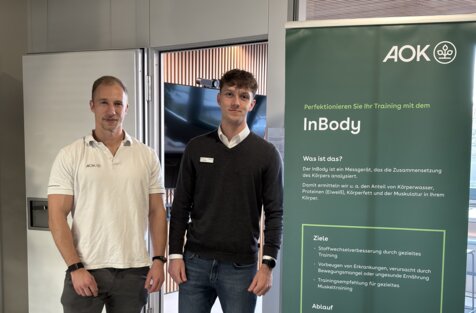The green energy sector is making life difficult for itself: honesty is essential
It was in Würzburg these days at the wood energy congress of the German Bioenergy Association. The industry actually wanted to show how it will continue to operate positively on the market in the future, promote the sustainable use of wood in the heating sector and reduce pollutants. But obviously not everyone is being honest: Hermann Fellner in particular denounced this in his presentation.
It was about contaminated waste wood that is turned into wood chips via detours. Fellner, a lawyer and former CSU member of parliament, criticized that users often do not even know the material quality of wood chips, for example if they are made from chipboard. The risk of pollutants exists even if they are officially intended for incineration (and therefore actually approved for chipping).
Fellner had ten chipboards tested in a neutral Munich laboratory. "There were some massive exceedances for arsenic, lead, chlorine and in many cases values close to the limit value, e.g. for fluorine. It is indisputable: contaminated waste wood reaches the consumer as contaminated chipboard! The waste wood must therefore already have been heavily contaminated and should not have been allowed to cross borders." But there are hardly any border controls on imports here. This may be precisely the reason why some chipboard manufacturers import such contaminated cheap wood. And when chipboard is later turned into wood chips, there are once again no controls.
Fellner's point is that wood heating or gasification only makes sense and is ecologically justifiable if thermal utilization does not blow pollutants into the air.
The absence of pollutants is an important reason why Gammel Engineering GmbH has only developed and planned heating (power) plants for fresh wood, "not a single one for waste wood. This is important to us and also a good thing," emphasizes Managing Director Michael Gammel. The use of fuel is a key component of the annual QA certification of the EEG plants, as can be read, for example, on the website of the expert Omnicert.
Only if the entire industry excludes pollutant wood - whether used fraudulently or unknowingly - will woodchip heating systems be able and allowed to supply heat and wood gasifier CHP plants will still be able to supply electricity in the future. The black sheep should rethink for reasons of self-preservation. But much worse: they are damaging all renewable energies with such behavior. In any case, the wood energy sector is not doing itself any favors by tolerating such cheating.
(Author: Zukunftsenergie-Team Gammel)



